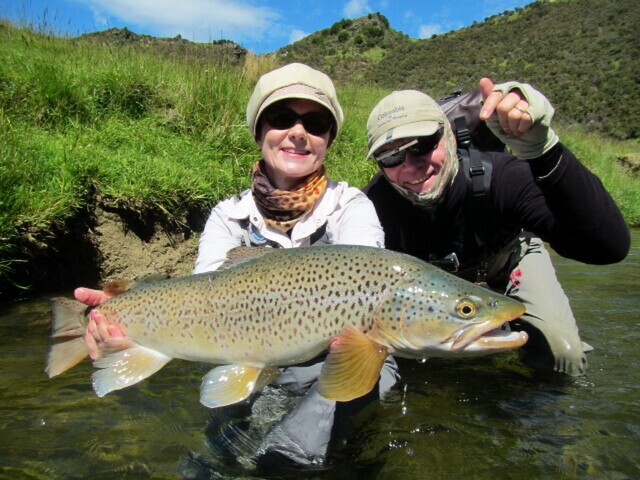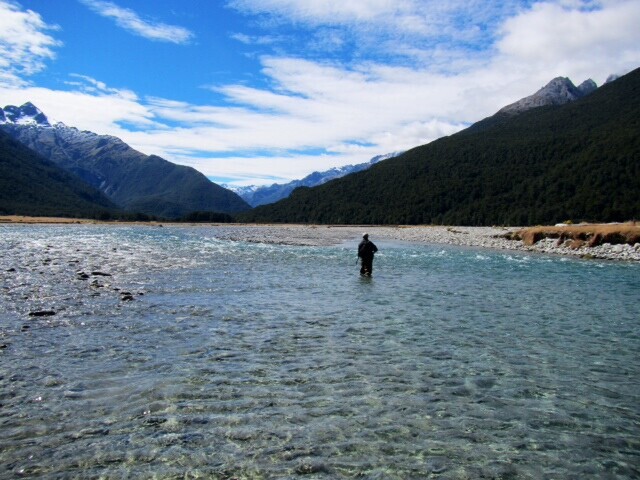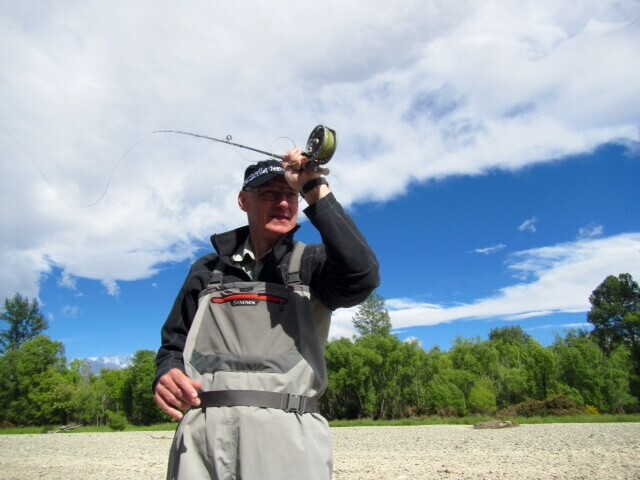So last week we discussed the mechanics required to successfully make your cast work, and to achieve that all essential line speed to help deal with the wind. Now to the casts themselves.
Advice
Again, the best advice I can give for casting with the wind is to not try... Wind often comes and goes in gusts, so if you have the opportunity to wait out the present gust and get that fly flinging when it subsides, then that's the way to do it.
No? Read on...
Headwind
Quite simply you must canter your casting plane forward throwing a high back cast, and a low, fast forward cast backed up with a delayed, zippy haul. You may wish to open up your back cast loop to avoid fly / rod tip collisions particularly with heavier flies but keep that forward cast tight. Cantering the rod to the side will also help avoid collision.
Tailwind
One of the toughest wind directions to deal with actually as all but the fastest, tightest back cast loops will straighten. To combat this simply employ a more elliptical stroke, maintaining constant tension throughout the cast. Think side arm back cast, pulling through to an overhead forward cast in one smooth movement. Practise this now without a rod: accelerate your rod hand through an elliptical oval shape to make the cast.
Blowing into the casting shoulder
The danger here is the line blowing into your body and the potential for embedding the hook into flesh. There are a few ways of getting your line downwind but the way that hits with clients most successfully is to simply canter your arm to bring your rod hand to the centre of your forehead on the back cast, then directly forward of this position on the forward cast. Your rod tip now travels across the opposite side of your body and your rod hand is only inches off a path it tracks easily from muscle memory. Remember to send your back cast high and forward cast low and most importantly, track straight on both the back and forward casts for Parallel loops.
Blowing away from the casting shoulder
Simply canter the rod out a little to the side to ensure the fly avoids the rod tip. Emphasise line speed to help in keeping the loop in plane and remember to tilt your casting plane to throw a high backcast, and a fast, clean forward cast that straightens low above the water.
Wind can be a bitch, but its a bitch you must deal with when fishing here in Aotearoa. If you practice the above before you jump on the plane, you will catch more fish. Your guide cannot control the weather, so no matter what the wind is doing, if he puts you in front of a feeding fish and you cant make the cast - that's on you. 10 minutes, 2 or 3 times a week is all it takes. Get to it!


